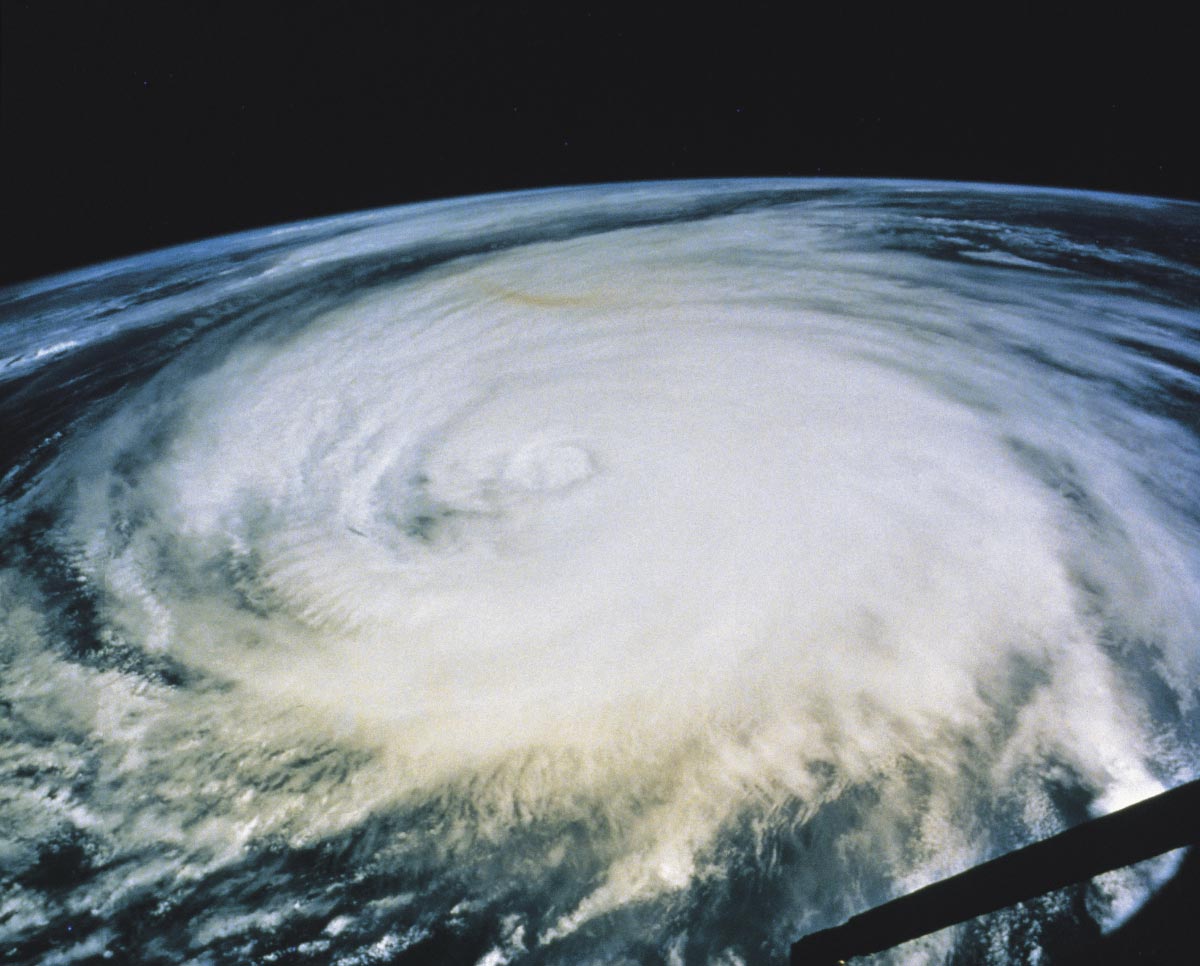Iran experiences unprecedented snowstorm that buried homes, animals and people under thick snow
02/19/2020 / By Arsenio Toledo

Over the past few days, over 40 inches of snow have fallen on the province of Gilan, which sits in the northern regions of Iran, hugging the Caspian sea and bordering Azerbaijan to the northwest. The unprecedented snowstorm has been so difficult that cars, homes, people and herds of animals have been buried deep in a thick layer of snow.
In other rural regions of Gilan, many farmers woke up to the sight of a heavy layer of snow burying their herds of sheep. Videos captured show people working tirelessly together to free the poor, trapped animals. Luckily, according to the people who took the videos, all the sheep seem to have survived.
However, this extreme snowstorm is expected to continue and there are hundreds, if not thousands, of other farmers in the province of over 2.5 million people who now not only have to worry about feeding their animals, but also providing them with adequate shelter from the harsh elements. (Related: Dramatic cold spell sweeping across half the USA is already causing catastrophic food crop failures.)
Damage caused by snowstorm exacerbated by incompetency
The snowstorms currently engulfing Iran have been going on for at least a week now, with some relatively lighter snowfall occurring all over Iran since the beginning of the year. In the province of Gilan alone, at least eight people have already been killed by the terrible weather, with another 145 people injured and as many as 80 still missing. The snowstorm has reportedly hit 50 of Gilan’s 52 major towns and cities. The heavy snowfall has blocked many roads and over 250,000 people in the region have been left freezing without power as electricity, water and natural gas supplies all across northern Iran have been cut off in response to the dramatic weather.
Apparently, weather stations and government broadcasts have been warning the region of the impending snowstorm. However, many Iranians were distrustful of the state media apparatus, with some believing that the government in Tehran merely did not want to have people traveling all over the country to keep many city streets clear. Similarly, many local government units did not respond to the warnings and did not undertake any necessary preventative measures that could have prepared their citizens and could have prevented deaths and injuries due to the snowstorm. Iranians have taken to social media to complain about how their local crisis management officials did not take the warnings issued by other government ministries seriously.
In the capital of Gilan, Rasht, a city of over 700,000 people, the snowstorm has left over 100,000 homes and small businesses not just without power, but also without any access to telephone or mobile communications.
According to Iran’s Minister of Energy, this may be one of the heaviest snowstorms that Iran has ever experienced. The heavy snowfall began as the country ended its celebration of the Iranian Revolution, which culminated in the overthrow of the Shah and the downfall of the Imperial State of Iran on February 11, 1979.
The snowstorms have also hit other parts of Iran and the whole region in the Middle East, with other parts of the western portion of Iran, with heavy snows falling on everywhere from the northern province of Ardabil to down south near the Persian Gulf in the Khuzestan province. The snow has even shut down schools and delayed flights in the country’s capital city of Tehran, located southeast of Gilan.
Sources include:
Tagged Under: bad weather, disaster, emergency, environment, farm animals, government, heavy snow, Iran, sheep, snow, snowstorm, weather
RECENT NEWS & ARTICLES
COPYRIGHT © 2017 WEATHER TERRORISM



















